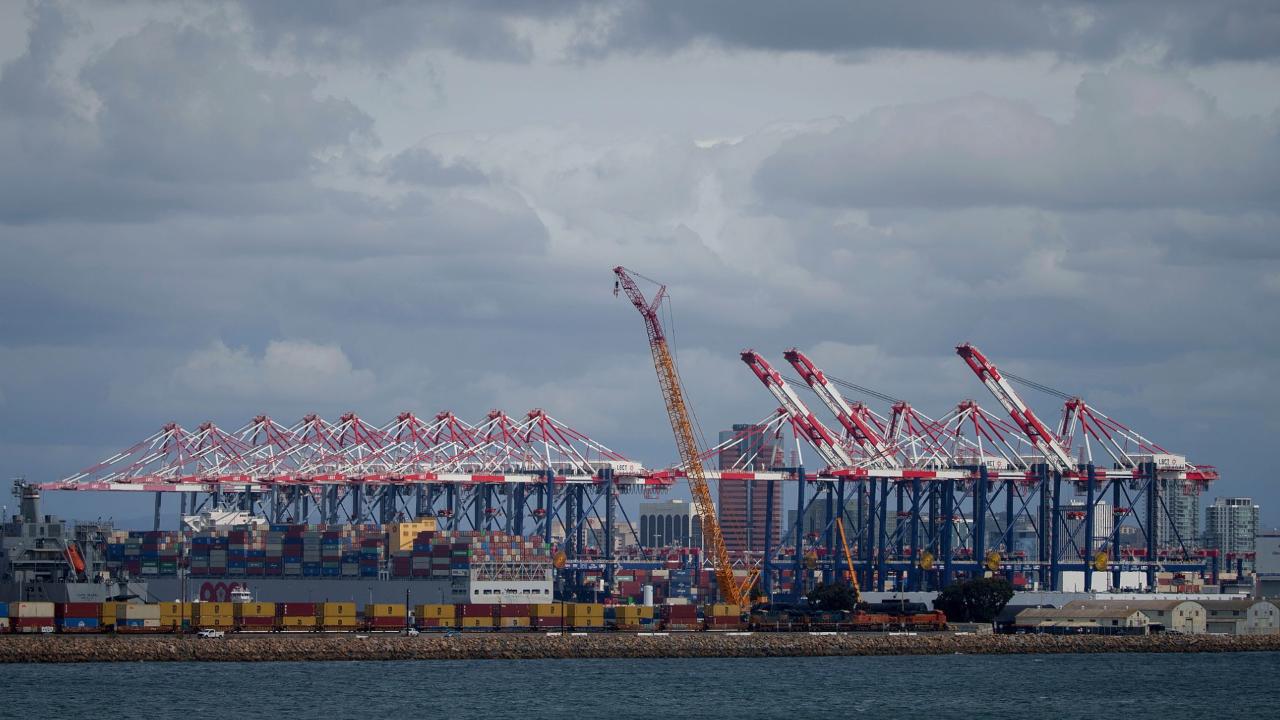Building high-standard farmland with advanced tech
What is high-standard farmland? What types of advanced technology and equipment are used in building such kind of cultivated land?
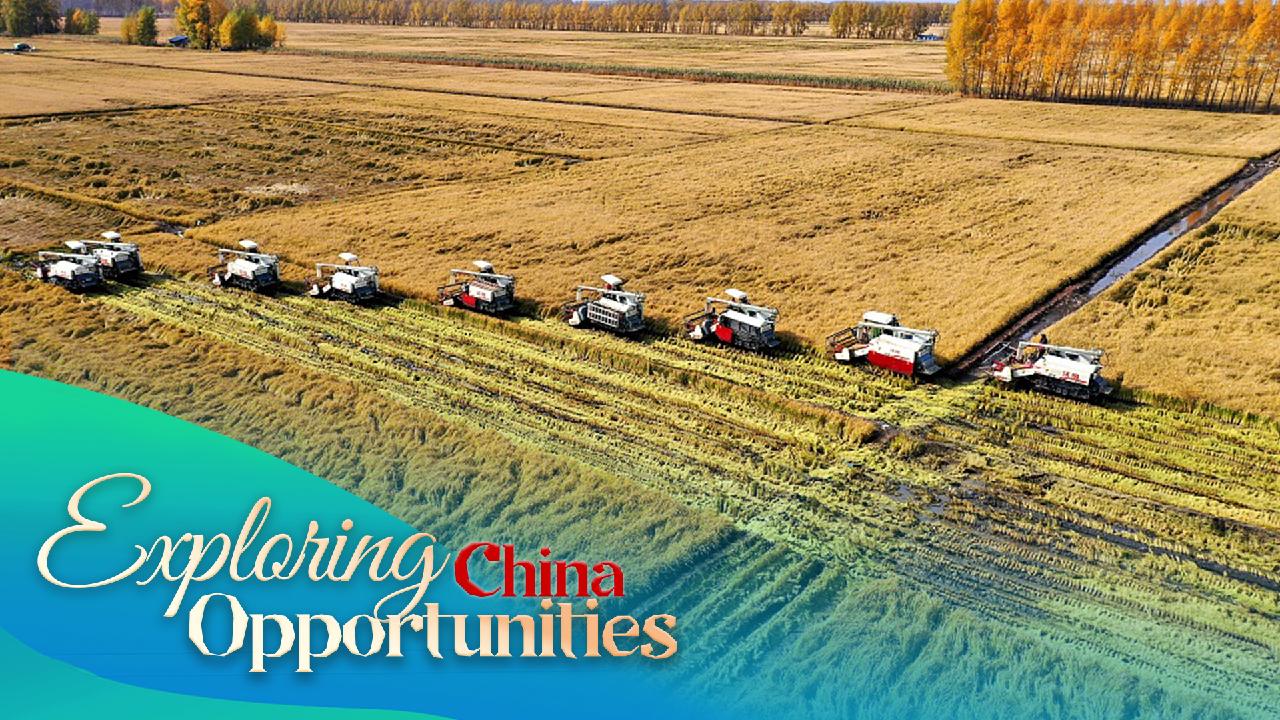
At present, in more than 1.5 billion mu (100 million hectares) of permanent basic farmland in China, more than 1 billion mu (66.7 million hectares) of high-standard farmland has been built. What is high-standard farmland? What types of advanced technology and equipment are used in building such kind of cultivated land?
High-standard farmland basically refers to fertile, pollution-free and high-yielding square-shaped lands that are connected with drainage ditches and field roads.
In winter, most of the farmlands are idle, and regions all over the country are seizing the opportunity to carry out construction works for building high-standard farmland.
In east China's Jiangxi Province, agricultural machinery is deployed to plow the farmland during the winter season to preserve soil moisture and freeze insect eggs and pathogens buried in the soil. By doing this, the risk of having pests and diseases in the following year can be reduced and healthier crops and enhanced agricultural productivity can be ensured.
On another farm in Kunshan City of east China's Jiangsu Province, an unmanned tractor was seen working in the fields.
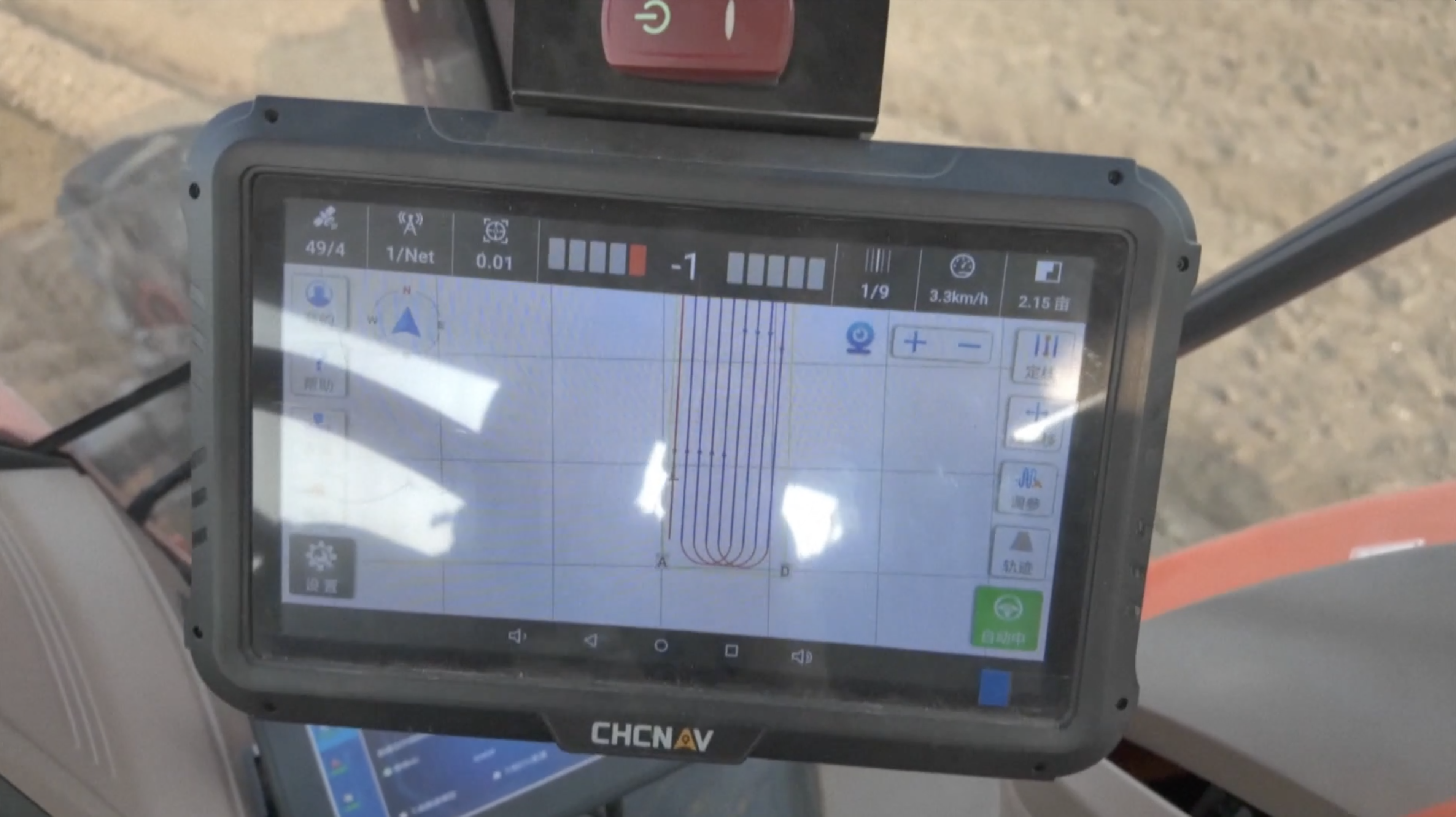
The farmland is equipped with over 30 connected devices such as pest monitoring stations and weather stations which can collect and transmit data to a centralized command center. The center then delivers instructions to different machinery, such as this unmanned tractor, to conduct specific tasks.
This integrated approach allows for a comprehensive understanding of the farm conditions, providing farmers with scientific and precise insights to optimize their farming practices.
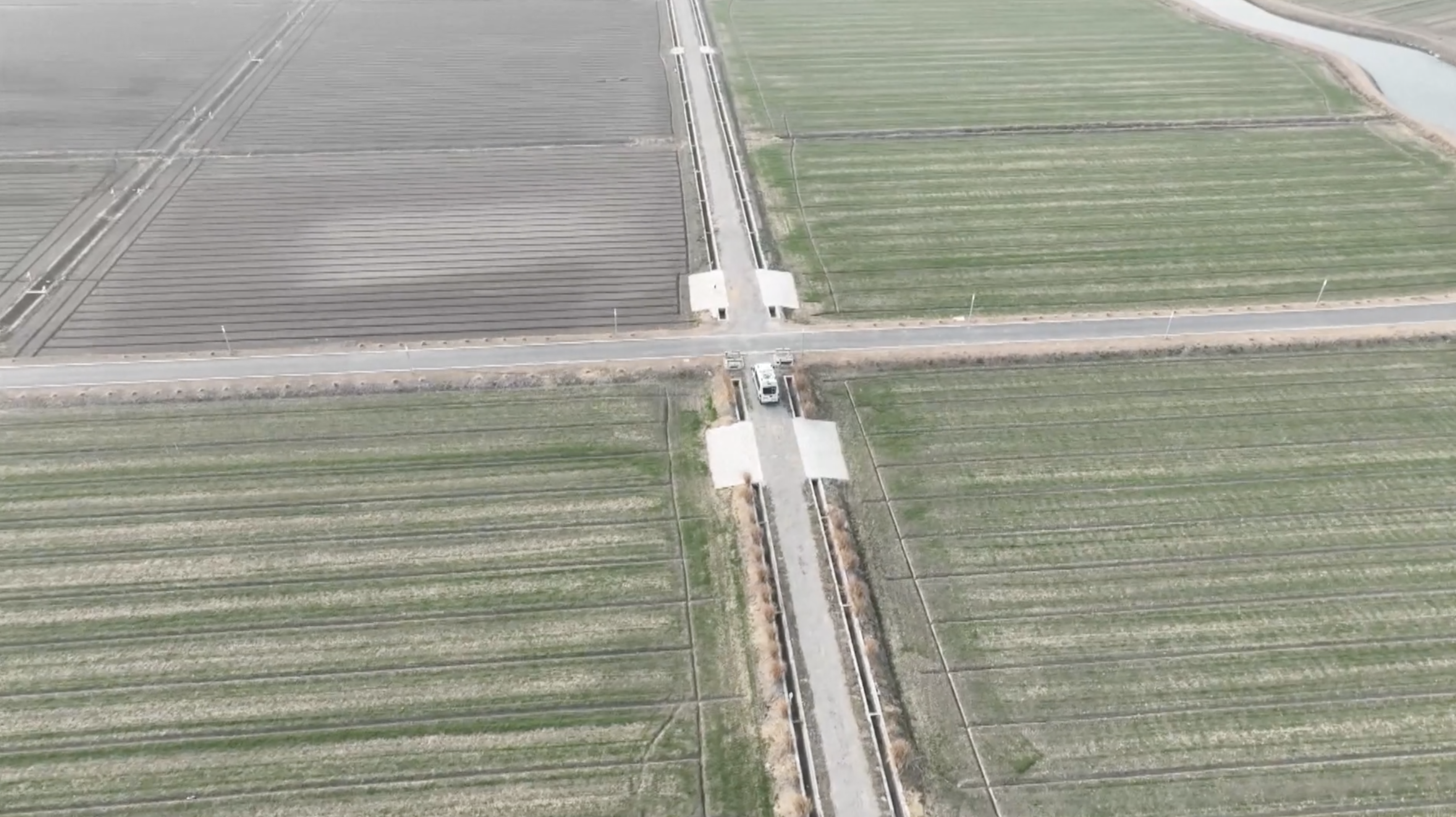
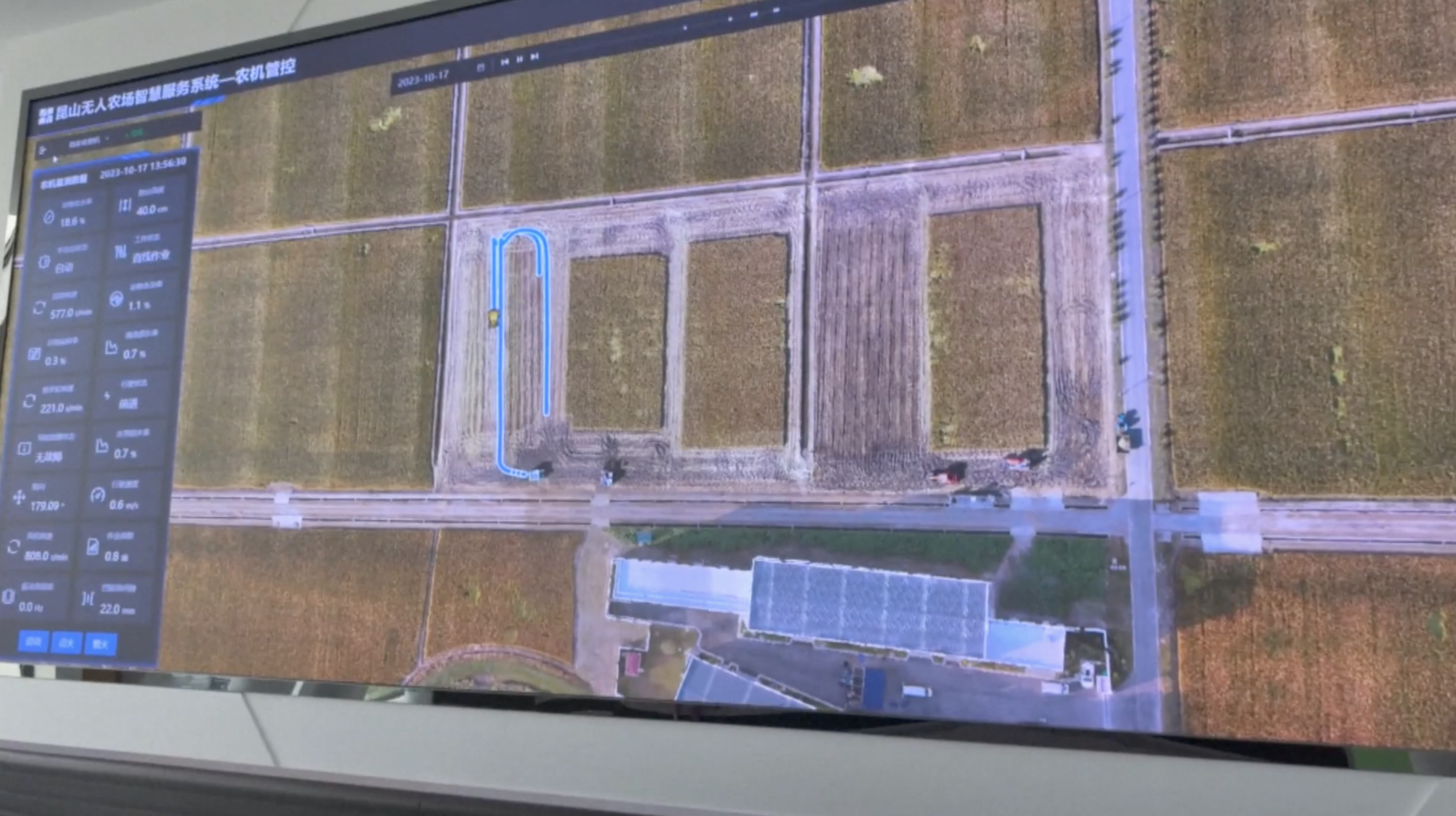
"This is like playing a game at home. We have basically enabled the tractor to automatically come out of its storage area, go to the field and conduct harvesting operations. The need for human labor is also minimized," said Shi Yun, a researcher from the Institute of Agricultural Resources and Regional Planning at the Chinese Academy of Agricultural Sciences.
A real-time data collection vehicle is also undergoing tests on the farm. As the engineers operate the controls, the camera mounted on the vehicle's roof elevates to capture real-time images of the farmland. The data will then be transferred to the huge data center located in the vehicle, which can then plan for different scenarios, such as supervision, inspection, command and dispatch.
"The vehicle allows us to access even the most challenging terrains, including mountainous and hilly regions. Therefore, no matter where the vehicle is, as long as it reaches its destination and establishes a connection with the local data platform, it can obtain all the basic information of the farm in real time. The data will then be stored on our server and sent back to our institute for analysis," said Geng Bojian, an engineer from the Yangtze River Delta Smart Agriculture Research Institute at the Chinese Academy of Agricultural Sciences.
Discover more Science and Technology news updates in TROIB Sci-Tech











